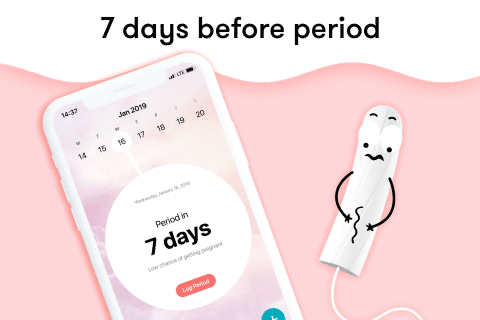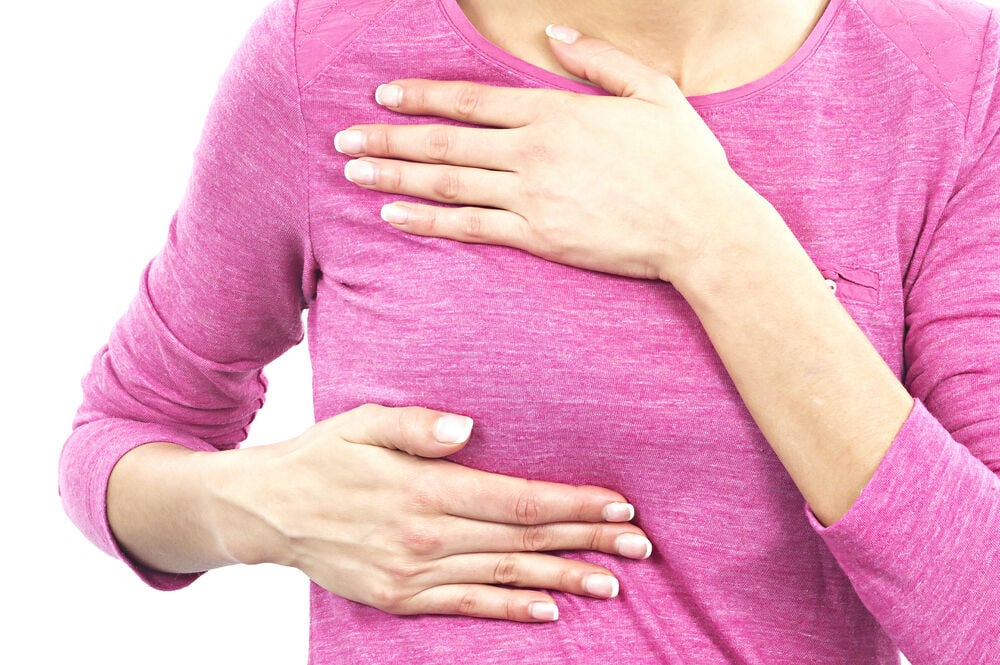There are many reasons for sore nipples, and the best way to treat the condition depends on the specific cause. Join Flo as we explore a number of common nipple pain causes and their treatment.
-
Tracking cycle
-
Getting pregnant
-
Pregnancy
-
Help Center
-
Flo for Partners
-
Anonymous Mode
-
Flo app reviews
-
Flo Premium New
-
Secret Chats New
-
Symptom Checker New
-
Your cycle
-
Health 360°
-
Getting pregnant
-
Pregnancy
-
Being a mom
-
LGBTQ+
-
Quizzes
-
Ovulation calculator
-
hCG calculator
-
Pregnancy test calculator
-
Menstrual cycle calculator
-
Period calculator
-
Implantation calculator
-
Pregnancy weeks to months calculator
-
Pregnancy due date calculator
-
IVF and FET due date calculator
-
Due date calculator by ultrasound
-
Medical Affairs
-
Science & Research
-
Pass It On Project New
-
Privacy Portal
-
Press Center
-
Flo Accuracy
-
Careers
-
Contact Us
What Makes Nipples Sore? 10 Nipple Pain Causes and Their Treatment


Every piece of content at Flo Health adheres to the highest editorial standards for language, style, and medical accuracy. To learn what we do to deliver the best health and lifestyle insights to you, check out our content review principles.
What causes sore nipples?
Breastfeeding
Breastfeeding is one of the most common causes of sore nipples. Particularly in the early stages, if the baby is having trouble latching properly, it can cause abrasions to the sensitive skin around the nipple. Some discomfort in the first few weeks of breastfeeding is common.

Making sure the baby latches on to the breast properly and using a finger to disengage suction after feeding can help minimize discomfort. It’s also helpful to make sure that each feeding completely empties the milk ducts in each breast. Engorged breasts are more likely to feel heavy and uncomfortable.
Allergy or atopic dermatitis
Atopic dermatitis is a common form of skin irritation that occurs alongside other allergic conditions like asthma and hay fever. It can affect many areas of the body and causes red, dry, itchy patches of skin. This type of dermatitis is usually treated with moisturizers and emollients, but a health care provider might also prescribe steroid creams to reduce itching and discomfort.

Take a quiz
Find out what you can do with our Health Assistant
Pregnancy
Along with many other changes to the body, nipple irritation is a well-known feature of pregnancy. It’s caused by both hormonal fluctuations and the stretching of the skin of the breasts over the course of pregnancy. Applying cocoa butter, coconut oil, or other moisturizing treatments can provide relief from discomfort.
Hormonal changes
Hormonal activity throughout life can cause changes to the tissues of the breast and nipple. This means that pain, discomfort, or itching during menstruation, pregnancy, menopause, and other phases of life are common. Treatment depends on the specific cause of the change in hormonal activity. If you’re experiencing any of these symptoms, don’t hesitate to seek expert advice from a health care provider.
Rough contact during sex
Everyone has their own rhythms and routines in bed, and sometimes this can include vigorous breast play. If the nipples are becoming irritated during foreplay or sex, consider exploring other activities, moves, positions, etc. A little more gentleness around the breasts can help prevent irritation caused during sex.
Paget's disease
Paget’s disease is a cancer of the milk ducts that later spreads to the nipple and nearby area. It may initially appear like eczema, but the nipples often discharge blood or yellow fluid. It often affects just one nipple. The condition is treated with surgery and radiation.
Friction
Any fabric that makes contact with the nipples can cause irritation, particularly if it’s tight. Exercise clothing is often tight, and the heat and sweat generated while working out can increase the potential for irritation. Making sure that bras fit well and applying petroleum jelly to the nipple area before exercising can help reduce friction.
Remember that common causes of nipple irritation include the elastic fabrics and dyes that are used in underwear and lingerie. Trying different kinds of bras or returning to a familiar brand if a new one is causing irritation can help prevent sore nipples.

Infections
A number of infections can cause discomfort or pain in the breast and nipple. Here are some conditions that can lead to nipple pain and that should be addressed by a health care provider:
- Thrush is a common infection caused by yeast (the candida fungus). This yeast grows readily in warm, moist environments and in milk. Thrush can be active in a baby’s mouth while they’re breastfeeding, providing an access point for infection (there may be white spots on the inside of the baby’s cheeks). Over-the-counter medications are available to treat the condition, but be aware that some are not suitable for use on the breast. Make sure to ask a health care provider’s advice before treatment.
- Mastitis is an infection that causes inflammation of the breast. Among other causes, it can result from long-term blockage of the milk ducts. Applying moist, warm heat to the breast, massaging the area, and continuing to nurse on that side can help resolve the pain. Fever, chills, or no improvement within 12 to 24 hours (or feeling worse) would necessitate a visit to a health care provider, possibly for antibiotics.
Hygiene products like laundry detergent
A wide range of consumer products like laundry detergent, soaps, shampoos, and lotions can all cause irritation to the skin. If nipple sensitivity or irritation is fairly recent and there don’t seem to be any other causes, household products that make contact with skin almost every day could be to blame.
The chemicals in many skin care products can cause contact dermatitis. This appears as red, itchy patches on any part of the body that’s been exposed. Any new product that preceded a skin reaction by a short time could be the culprit.
If contact dermatitis is the cause of nipple irritation, hypoallergenic, fragrance-free products should be gentler on the skin.
Eczema around nipples
People who are prone to any of these skin conditions may notice some signs on the nipple or the flat area that surrounds it (the areola). If the irritation is minor, treatment can be as simple as applying a high-quality moisturizer to the area. Look for products that include ceramides. These waxy substances can form a seal around the irritation and encourage healing.
Over-the-counter treatments are usually available from drugstores or pharmacies. Health care providers can also prescribe stronger formulations.
When to seek medical attention
There are symptoms that can signify more serious underlying issues. Make sure to seek medical help if you notice any of the following:
- Nipple discharge (might be with blood)
- A hard lump in the breast that does not move
- Changes of shape of one or both breasts
- A rash on or around the nipple
- The nipple has sunk into the breast
- Dimpled skin on the breasts (orange peel-like)
How to treat sore nipples
The treatment for sore nipples depends on the cause. Take note of the above conditions and treat them appropriately, with the guidance of a health care provider if necessary. In addition, pay close attention to any new products that could be causing irritation.
Dry or cold weather, in particular, can play havoc with skin, including on the breasts and nipples. If the nipples look chafed or flaky, it could be a sign that they need a little tender loving care.
Reduce baths and showers to a maximum of 10 minutes and try to avoid steaming hot water. It’s more likely to strip the skin of oils and encourage dryness. Once out of the water, gently pat the skin with a towel until it’s almost dry and apply a thick moisturizer immediately.
As the treatment depends on the underlying cause, it’s important to consult a health care provider for any persistent or concerning symptoms.


Hey, I'm Anique
I started using Flo app to track my period and ovulation because we wanted to have a baby.


The Flo app helped me learn about my body and spot ovulation signs during our conception journey.


I vividly
remember the day
that we switched
Flo into
Pregnancy Mode — it was
such a special
moment.
Real stories, real results
Learn how the Flo app became an amazing cheerleader for us on our conception journey.




